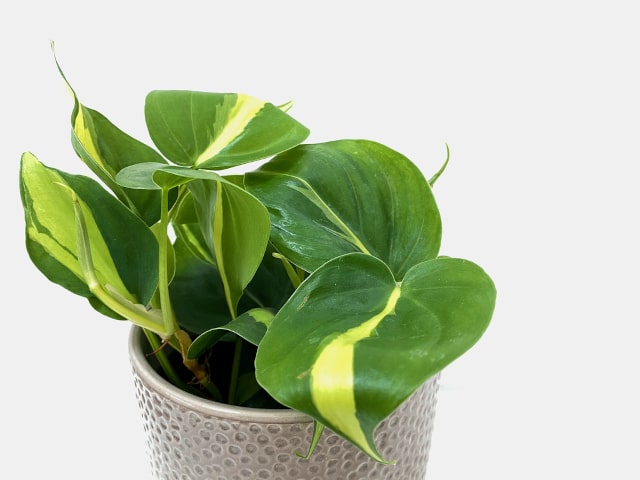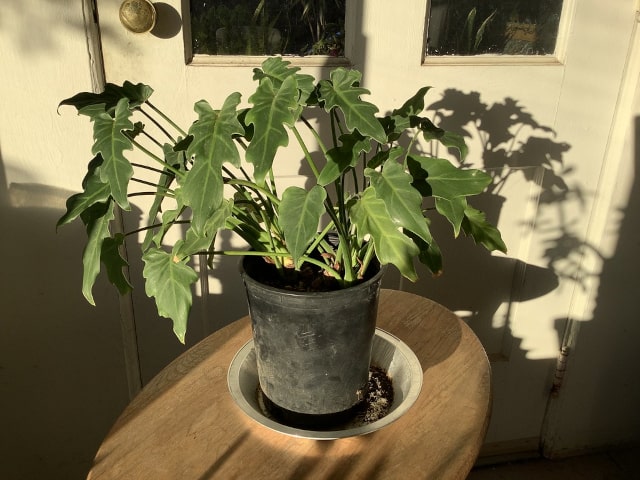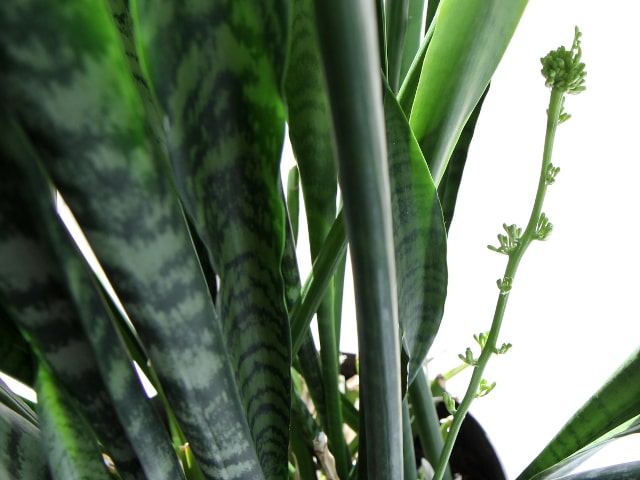
It is important to repot your Philodendron plants regularly, because it will prevent them from becoming root bound. Regular repotting also encourages the plant growth, which results in a lush and beautiful plant. Another advantage to repotting is that you can use this opportunity to divide your crowded Philodendron into several smaller plants that you can grow separately.
Perhaps the main advantage to repotting is your plant's health. Philodendron will thrive after being repotted into a large container when it becomes root bound.
Important Information about Philodendron Plants
Philodendron (Philodendron spp. and Philodendron hybrids) are popular houseplants known for their vining properties. They have gorgeous leaves that attract attention. These plants are known for their great tolerance to shade.
There are two common types of vining Philodendrons: heartleaf Philodendron (Philodendron scandens) and the red leaf Philodendron (Philodendron erubescens). They give attractive foliage on their slender vines, which creates a stunning visual effect.
How to Repot Philodendron
The first thing you need to do is preparation. In order to repot your Philodendron successfully, make sure to water it thoroughly one day before you repot it. This is important, because it will minimize the stress to the plant. It also makes it easier to repot your Philodendron.
The next thing you need to do is to choose a suitable new container for your plant. A good pot is the one that is about 1 to 2 inches bigger than its current container. Also, make sure that the new pot has drainage holes.
It is important to always be careful when repotting Philodendron plants, especially if cutting and pruning is involved. You need to protect your skin from the Philodendron sap, which can cause skin irritation. Because of this, it is best to always wear gardening gloves with long forearm to protect your skin.
Before repotting, make sure to cut back your Philodendron to the desired lengths. Use a sharp knife or a clean pair of scissors to do that. It is best to prune fully a Philodendron that shows signs of stunted growth. Such Philodendron should be cut back to a height of around 4 inches. On the other hand, keep in mind that a strong, healthy Philodendron doesn't require any pruning before repotting.
The next step is to prepare the potting soil. Make sure that it is a well-draining kind, because it is crucial for the health of your Philodendron. One thing you need to keep in mind is that many commercial potting soils are too dense for container plants. These soils can compact easily with watering. To prevent this issue, it is best to use a mixture made out of one part potting soil, one part perlite and one part peat moss. This is an ideal combination for Philodendron plants. Once the potting mixture is ready, place about an inch of this potting soil on the bottom of the new container.
After this, it is the time to remove your Philodendron out of its old container. To do this effectively and with least possible stress to the plant, make sure to turn the plant on its edge. Cradle its soil surface with one hand while you use the other to carefully slide the container off. It is important to hold the Philodendron nearly upside-down in order to encourage the root mass to slide out of the container. You will also need to tap the lip of the container against the edge of a table or a counter. This will help the plant slide out.
Once your Philodendron is out of its old pot, make sure to examine it carefully. You need to notice any potential signs of disease, such as discoloration of the roots. Remember: a healthy Philodendron has roots that are white or light tan, and they are pliable. When checking your plant, make sure to remove and trim all mushy or brittle roots. These must be discarded - never repot your Philodendron with such roots.
In case your Philodendron is root-bound, it is important to make a few vertical cuts from the top to the bottom around the entire perimeter of the root ball. This will help opening the root ball, which in turn helps your Philodendron develop new root growth. All of this improves the plant's health, so make sure not to skip this step if your plant is root-bound.
Before placing your Philodendron into its new pot, make sure to shake any excess soil from the plant. It is important to do that carefully, not to damage the gentle plant.
Once this is done, carefully set your Philodendron's roots inside of the prepared pot with one inch of potting soil. After the plant is inside of the container, fill the pot with fresh soil to about one-half or three-fourths way up.
After this, make sure to water thoroughly your Philodendron plant. Water it until you see the water running freely through the bottom of the container.
Photo credit: Garrett Coakley




0 Comments